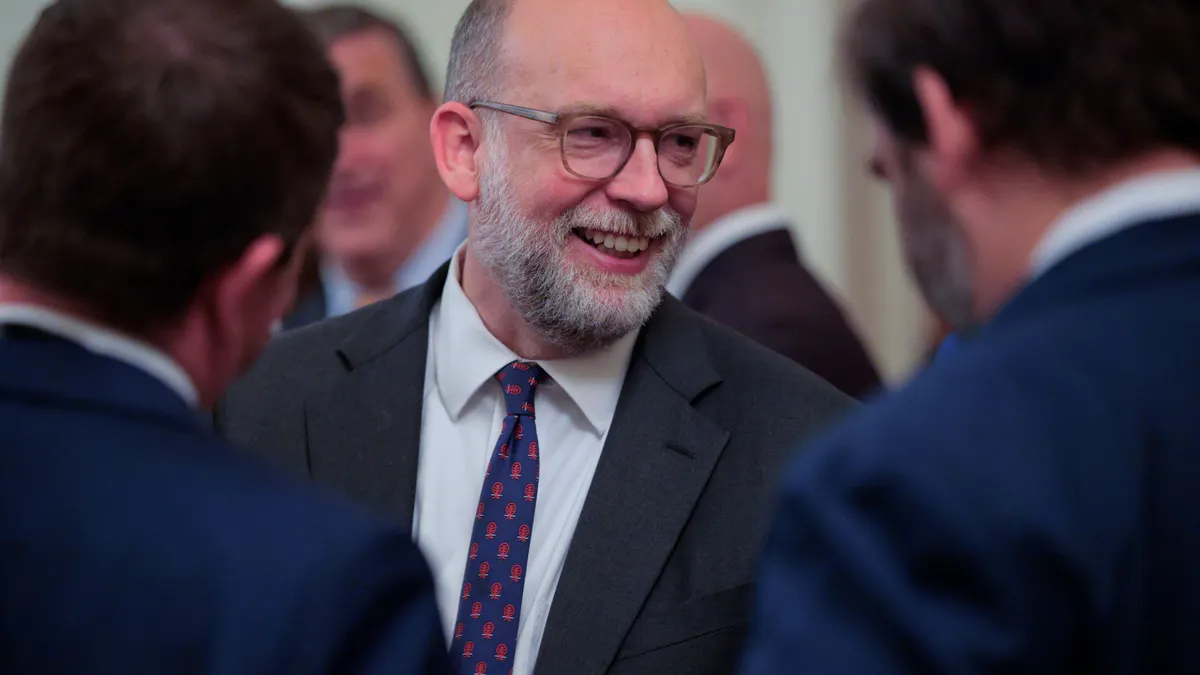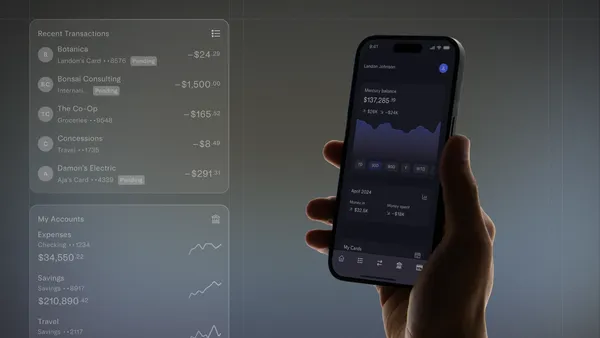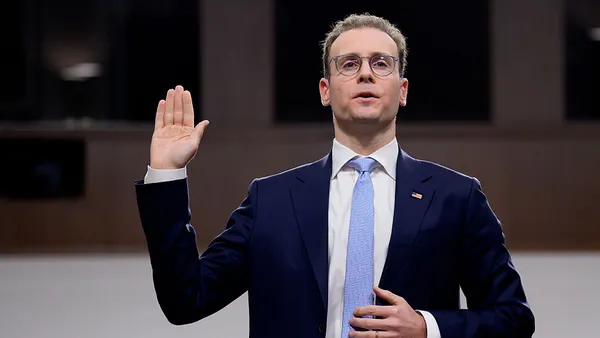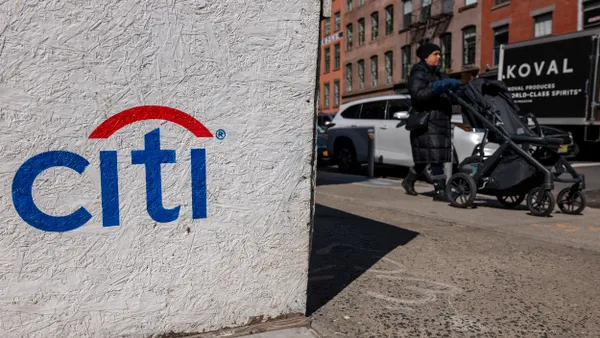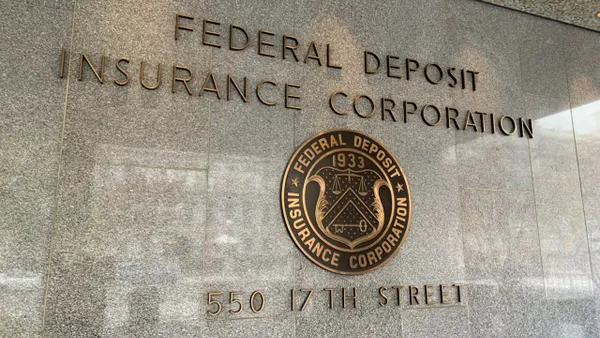UPDATE: Dec. 2, 2020: The Small Business Administration (SBA) on Tuesday disclosed the names, addresses and precise loan amounts for each Paycheck Protection Program (PPP) and Economic Injury Disaster Loan (EIDL) borrower.
Judge James Boasberg of the U.S. District Court for the District of Columbia last week ordered the agency to release the information by Dec. 1, rejecting the SBA’s request for a full stay.
The public "maintains an urgent and immediate interest in assessing the results of SBA’s initial effort at administering a massive small-business relief package and extracting lessons where possible — both to inform a critical, ongoing federal debate and to remedy failures in the loan-disbursement process moving forward,”" Boasberg wrote in his order, according to The Wall Street Journal.
The publication is owned by Dow Jones, one of the five media organizations that sued the SBA in May to release the information. The SBA in July disclosed the names, addresses, ZIP codes, demographic data and industry codes of borrowers on PPP loans of $150,000 or more. Tuesday's disclosure covers PPP loans of $150,000 or less — accounting for 85% of economic aid dispatched through the program.
Boasberg ordered the SBA last month to release smaller borrowers' information, but later granted the agency a temporary stay. The SBA cited borrower privacy as reasoning for its reluctance to disclose PPP and EIDL data, a stance backed up by the National Federation of Independent Business (NFIB).
"If the Court order stands, the government’s 'reward' to small businesses that stepped forward will be to plaster their names, addresses and loan amounts across the newspapers, bringing them unwanted attention and potentially harassment from third parties," David Addington, general counsel for the NFIB, wrote in a letter to the Justice Department aimed at appealing the judge's order, according to The Wall Street Journal.
An SBA spokesperson, in a statement on the new disclosures, said, "SBA's historically successful COVID relief loan programs have helped millions of small businesses and tens of millions of American workers when they needed it most."
Dive Brief:
- A federal judge ordered the Small Business Administration (SBA) on Thursday to release by Nov. 19 the names of all Paycheck Protection Program (PPP) and Economic Injury Disaster Loan (EIDL) borrowers and precise loan amounts.
- "The significant public interest in shedding light on SBA's administration of the PPP and EIDL program dramatically outweighs any limited private interest in nondisclosure," Judge James Boasberg of the U.S. District Court for the District of Columbia wrote in his order.
- The SBA in July disclosed the names, addresses, ZIP codes, demographic data and industry codes of borrowers on PPP loans of $150,000 or more. However, that list accounts for less than 15% of loans made through the program. Roughly 4.5 million of the 5.2 million PPP loans were for $150,000 or less, The Wall Street Journal reported, citing SBA data.
Dive Insight:
Thursday's order comes in connection to a lawsuit five media organizations filed in May over a lack of transparency in the loan programs. The Washington Post, The New York Times, Bloomberg, Dow Jones and ProPublica requested the data under the Freedom of Information Act (FOIA) the previous month, to no avail.
The SBA argued that disclosing the names of loan recipients could violate their privacy because PPP loans are tailored to the size of a business's payroll.
Boasberg, however, denied the SBA's request to keep the data confidential, saying the loan application "expressly notified potential borrowers — admittedly in a form disclaimer — that their names and loan amounts would be 'automatically released' upon a FOIA request."
The SBA declined to comment to The Wall Street Journal on the case.
Boasberg's order also would provide extra specificity to data the SBA has already released. In July, rather than publish specific loan amounts, the agency grouped PPP loans into five amount ranges: $150,000 to $350,000; $350,000 to $1 million; $1 million to $2 million; $2 million to $5 million; and $5 million to $10 million. Thursday's order requires the SBA to be more specific.
Government agencies have repeatedly warned of the risk of fraud associated with both the PPP and EIDL. The Government Accountability Office (GAO) in June said the number of PPP loans approved, the speed with which they were processed, and limited safeguards left the program open to "significant risk that some fraudulent or inflated applications were approved."
The SBA's inspector general in late July called for closer oversight of the EIDL program over fraud concerns, and followed up last week with a report indicating that the SBA has referred more than 80,000 loans to law enforcement. Law enforcement has seized about $450 million in doubtful payments, and loans worth tens of billions of dollars more require further investigation, SBA Inspector General Hannibal "Mike" Ware said.
The SBA warned banks in recent months to investigate suspicious activity tied to the program. That led Wells Fargo to fire more than 100 employees who made false representations on EIDL applications, and JPMorgan Chase to dismiss several workers who improperly applied for and received aid through the program.
The Financial Crimes Enforcement Network (FinCEN) received 2,495 suspicious-activity reports (SARs) involving business loans in September, The Wall Street Journal reported. That would mark the fifth consecutive month in which the number of SAR filings broke the previous record.
FinCEN chief Kenneth Blanco warned anti-money laundering experts this fall that online vendors were selling a how-to guide of sorts for creating fraudulent coronavirus aid applications, according to the Journal.
The Justice Department has charged 73 defendants in PPP-related fraud cases, The Wall Street Journal reported, citing an agency spokesman.
Lawmakers' staff and media organizations have found a litany of discrepancies when analyzing PPP and EIDL data.
A Bloomberg analysis of the SBA's July data set found more than 554,000 applications listed zero in the PPP application's "jobs retained" field. The field was blank for another 324,122. Another data field — congressional district — was listed incorrectly for roughly 226,000 borrowers, Bloomberg found.
Bloomberg also identified $1.3 billion in suspicious payments tied to the EIDL program because the number of grants in 52 congressional districts exceeded the number of eligible small businesses.
Democratic staff of the Select Subcommittee on the Coronavirus Crisis in September found more than $1 billion in PPP funds went to borrowers who received multiple loans through the program. Borrowers who have been debarred or suspended from doing business with the federal government received about $96.3 million in PPP funding, the analysis found. And more than 11,000 borrowers — accounting for nearly $3 billion in loans — used information on their PPP applications that mismatches data contained in the federal government's System for Award Management (SAM) database.
The SBA and Treasury Department approved hundreds of loan applications that did not contain the borrower's identifying information, such as names and addresses, the panel's analysis found.
Early in the PPP's lifespan, if a company had fewer than 500 employees and certified “current economic uncertainty makes this loan request necessary to support the ongoing operations,” it was generally approved, The Wall Street Journal reported.
The distinction now is what activity can be chalked up to error and what constitutes fraud.
“They don’t charge mistakes. They charge intentional lies,” Tarek Helou, a partner at Wilson Sonsini Goodrich & Rosati who once served as a Justice Department prosecutor, told The Wall Street Journal. “The scandal is what’s legal, not what’s illegal.”
The SBA and the Treasury Department have said they aim to focus their audit on loans of more than $2 million. While that covers about 20% of the total amount lent, it represents less than 1% of total loans, according to SBA data.
“With the passage of time, it becomes much more troubling when the fraud framework is not in place,” William Shear, director in the GAO’s financial market and community investment team, told the House Small Business Committee last month. “There are too many questions that go unanswered.”





